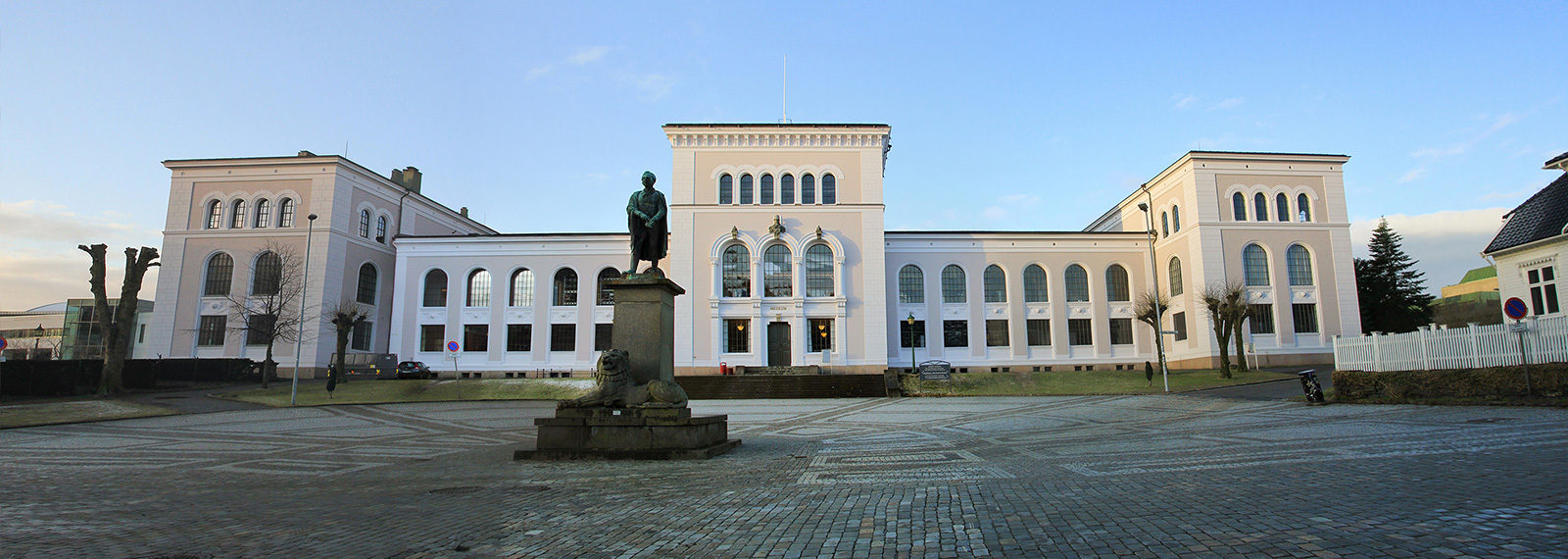EU Research & Innovation Days: “Me and My Society – Integration of Social Sciences and Humanities”
27 September 2019
Professor Jane Ohlmeyer, Erasmus Smith’s Professor of Modern History & Director, Trinity Long Room Hub Arts & Humanities Research Institute Trinity College Dublin
There is wide recognition that interdisciplinarity is key to helping to better understand and find solutions to society’s great challenges around climate, health, well-being, democracy, inequality, migration and so on. That we need to put the human at the centre of a world that is increasingly driven by technology. This was the focus of a panel entitled “Me and My Society – Integration of Social Sciences and Humanities” (SSH) at the European Union Research & Innovation Days event held in Brussels on 24-26 September 2019.
I was part of a three-person panel, alongside Nina Braun of Net4Society and Tobias Bader Strøm of the Research Council of Norway and chaired by Harald Hartung, European Commission, DG Research and Innovation. I was invited to make some ‘brief but provocative’ observations on current practices of SSH integration and interdisciplinarity at the national and EU level and identify good practice. My comments draw on my own experiences as a researcher who has worked across disciplines and with enterprise, as the director of a research institute in the Arts and Humanities, as Chair of the Irish Research Council and from the initial findings of SHAPE-ID, which I am co-ordinating. SHAPE-ID is a 2.5-year Coordination and Support Action (CSA) addressing the challenge of improving inter- and transdisciplinary research collaborations between AHSS and STEM disciplines. Following an extensive literature review and consultation with stakeholders through a survey of inter- and transdisciplinary research projects and a series of workshops, SHAPE-ID will deliver a set of recommendations, including a toolkit, to guide policymakers, funders, Research Performing Organisations, researchers and others in achieving successful pathways to integration with meaningful and appropriate roles for the Arts, Humanities and Social Sciences (see https://www.shapeid.eu for more information).
Where are the Arts?
It’s all very well to talk of ‘SSH integration’ but where are the Arts in this picture? The moment has come to speak instead about the integration of the Arts, Humanities and Social Sciences (AHSS) and to include the creative, visual and performing arts as equal partners. We act for emotional reasons not rational ones, something that Greta Thunberg has demonstrated in the activism around climate change. The Arts are about emotion, empathy, imagination, and issues central to identity and belonging. The Arts are also the early warning systems in any society. If the ‘missions’ and other EU-funded research aimed at engaging civic society are to succeed, then they ignore the AHSS community at their peril.
Current Practices of SSH AHSS integration
It is a mistake to speak of ‘SSH’ or ‘AHSS’ as a homogeneous entity. This cluster consists of a wide variety of disciplines with their own distinct relationships to understanding and practising inter- and transdisciplinarity. Even though the Arts are often conflated with the Humanities and the Humanities with the Social Sciences, together they comprise dozens of distinct fields of study ranging from History, Literature and Music to Economics, Law and Information Sciences. To confound matters further we lack a common understanding of what constitutes interdisciplinarity and integration, other than that it is much more than co-operation or collaboration.
What then of integration? The 2019 SSH Integration Report, the European Commission’s review of the integration of SSH through funding calls flagged for SSH integration across the Horizon 2020 Work Programmes (LEIT-ICT and Societal Challenges) shows that the share of the overall annual budget going to SSH partners has gone up from 7% in 2016 to 8.5% in 2017. For topics flagged for SSH the share of programme budget went up from 20% to 23% for this period. While this is encouraging it is also partly misleading, since integration is heavily weighted towards the Social Sciences, particularly economics and political science, and hardly engages the Humanities, never mind the Arts. Where the Arts and Humanities, along with many other disciplines from the Social Sciences, do appear, their engagement is frequently tokenistic, which leads to frustration. The AHSS community is tired of tokenism; tired of being the cherry on the cake. When it comes to Horizon Europe, we want to be part of the cake itself, equal partners with deep, meaningful and holistic engagements with all disciplines including those in STEM and Health Sciences.
Barriers to integration
The barriers to achieving meaningful interdisciplinarity and integration are many. An obvious place to start is with the attitudes of the researchers themselves. Understandably, some are cynical about the call for integration; others simply don’t see the value of deep collaboration across disciplines. Related to this is the fact that interdisciplinarity often pushes us out of our comfort zones. In the 1641 Depositions Project, I worked closely with researchers from many different disciplines. Some were familiar, gender studies, literature, linguistics, geography, and library science; others were not – computer science, mathematics, and physics – exposing my ignorance of the complexities of coding and the power of algorithms. The addition of IBM simply compounded matters as we didn’t even seem to speak a common language. For example, the word ‘data’ means one thing to me as a historian and something else to a technologist. Time, patience, co-creation, and conviviality – along with the recognition that collaboration was making a material difference to how we undertook our research – helped us work though these initial challenges.
It is also important to recognise that different countries have different AHSS cultures, which is invariably linked to how much funding is available at the national level. Structural barriers, especially within universities themselves, where in the majority of cases disciplines reign supreme, remain very real. This is something that Catherine Lyall analyses in her insightful new book Being an Interdisciplinary Academic (Palgrave, 2019). There are other practical barriers. Researchers working across disciplines sometimes struggle to find appropriate outlets for their research. The review and evaluation of interdisciplinary proposals is a challenge for the Commission and national funders and requires re-thinking. But none of these challenges are insurmountable if there is an appetite for the meaningful integration of AHSS. Moreover, there are experts – Catherine Lyall and Julie Klein immediately spring to mind but there are many others engaging with these questions – who are ideally placed to advise about what works and, equally important, what does not.
Good practice
In SHAPE-ID we also focus on identifying best – and worst – practice. Our extensive review of the literature is mapping in detail the factors that contribute to successful or unsuccessful inter- and transdisciplinary research. In our upcoming workshops we want to learn directly from researchers from both AHSS and STEM disciplines with experiences of the challenges of inter- and transdisciplinary research and of leading successful projects, as well as from policy makers, funders, University decision-makers, and stakeholders outside of academia. In our first workshop in Dublin this December we will address the question of how to position the Arts and Humanities as equal partners in societal challenges research in areas like health, environment and technology. We also want to explore the possibility of ‘missions’ where AHSS researchers can lead in areas like cultural heritage and the crisis of democracy. Subsequent workshops will engage colleagues from across many disciplines on how the AHSS can contribute to specific challenges relating to the environment, urban sustainability, artificial intelligence and machine learning.
We also want to draw attention to instances of best practice. Consider by way of example a small interdisciplinary funding programme that the Irish Research Council runs (discussed in more detail on the SHAPE-ID blog). In this programme a researcher from AHSS needs to identify a STEM collaborator. The pair then co-create a project which they jointly lead. This builds confidence and competence, especially for the AHSS researcher, but has also highlights the importance of funders organising brokerage events so that like-minded researchers from across disciplines can meet each other.
What is becoming clear is that for interdisciplinarity to work there are some key ingredients:
- Time to feel comfortable working across disciplines, to co-create, to build meaningful and reciprocal relationships and collaborations, and to learn to speak the same language;
- Trust and mutual respect are essential;
- Scale and working in larger interdisciplinary teams is not the ‘norm’ for most AHSS researchers yet it is important, as is co-location, in building trust and for brainstorming;
- Funding needs to be made available for basic/ frontier / curiosity driven research as well as more applied research. In short, we need a balanced research ecosystem with adequate funding – at the European and national levels – for all disciplines and across all career stages.
With funding in mind, my final ‘provocative’ observation is that the Commission should simply refuse to fund any ‘mission’ or any other project where interdisciplinarity is regarded as essential if it does not have meaningful AHSS integration. How we define meaningful and the details of how this might work will require careful thought but a bold step like this would be a total game changer.
Co-design and discussion
The session was structured as a ‘co-design’ exercise with audience members and there was a lively discussion on these and other points raised by Nina and Tobias. One contributor made a similar proposal – that instead of needing to justify when to ‘flag’ a topic as meriting an SSH contribution, it should be necessary to justify when SSH are not included. Tobias argued that the focus should shift from flagging topics to prioritising societal impact and spoke of the necessity of involving civil society and AHSS actors in early stages of programme design.
One of the most critical issues recurring in the discussion, however, was the challenge of bridging the gap with STEM disciplines. Many noted that these discussions had been ongoing since FP4, yet the vast majority of the audience for this session was working in or already persuaded of the value of AHSS. Harald raised the importance of articulating ‘interdisciplinarity for impact’ and the challenge of how we persuade others of this value and emphasising the need for universities to take the lead on integrating the AHSS into collaborative interdisciplinary research projects, noting that if it does not happen at local level it will be very difficult to overcome the cultural barriers and implement it at European level. Nina pointed out the importance of engaging with and understanding STEM researchers rather than just speaking to each other and proposed that events like the EU R&I Days could be structured to encourage greater co-creation between different disciplines. During our panel on AHSS integration, a parallel discussion on the Commission’s new missions was taking place in the main auditorium – a salutary reminder of the gaps that still need to be overcome.
A video recording of the session – and the others – is available on the event website.


